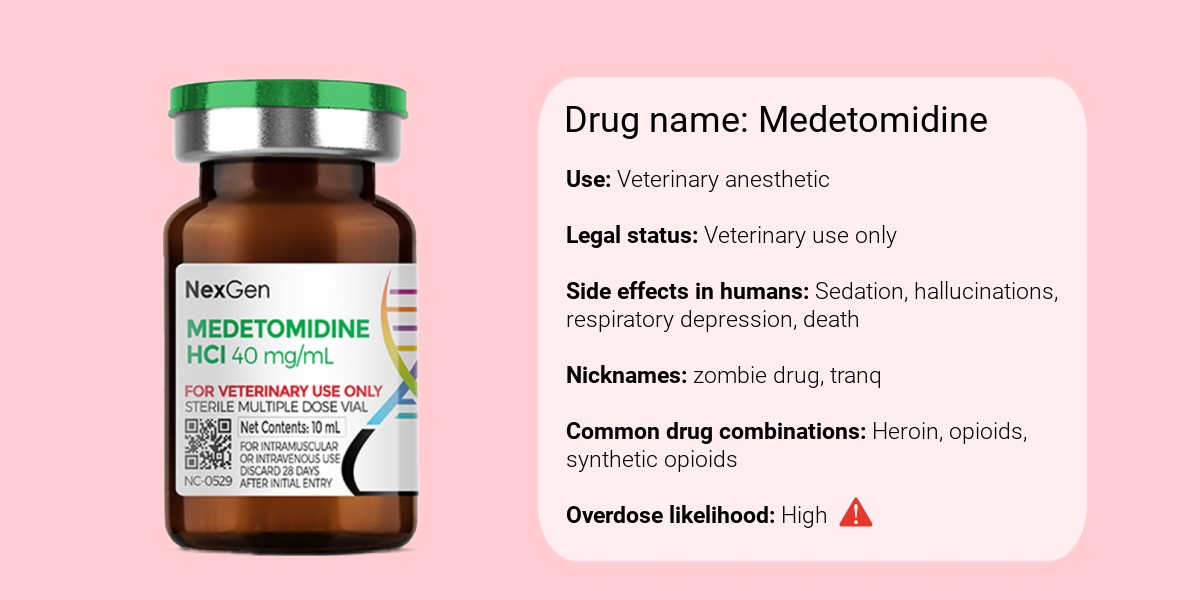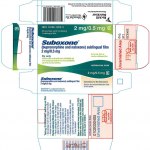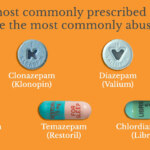Drug names can be difficult to pronounce. Here’s one: medetomidine. Accent on the third syllable.
Worth the effort to learn, though, because it’s dangerous stuff, now making an appearance on the streets of Philadelphia.
Why Philly? Because like in New York, Baltimore, DC, and other big cities, there’s a large existing population of chronic opioid users, on the lookout for something newer and stronger — in hopes of re-experiencing the ‘high’ they once got from drug use during the early years of using.
Medetomidine, when added to fentanyl or coke, promises just that. On the street, it’s sometimes known as “rhino tranq”. Powerful stuff indeed.
Like ketamine and xylazine (a close relative), medetomidine comes to us from the world of veterinary medicine, where it’s used as a sedative and painkiller. Now, according to reports, medetomidine has largely replaced xylazine in Philadelphia’s street drug supply, usually in combination with fentanyl. Due to its extraordinary strength, the new addition has led to an unexpected surge in deaths by overdose.
As with xylazine, overdose where medetomidine is involved is complicated, since an opioid antagonist may not be enough to reverse its effects — even with repeated administration.
Likewise, a detox patient who’s been using opioids cut with rhino tranq won’t get much relief from common meds such as buprenorphine. That often results in discomfort, and what is now described as a “patient-directed discharge”.
Yes, that used to be called leaving AMA.
Here’s an excellent overview of the situation from The Conversation website.
I’ve read that an antagonist for medetomidine does exist, and that it would presumably be effective in humans. That’s so far unconfirmed, but if true, there could be some help on the way.
Detoxification will remain an issue, I’m afraid. Withdrawal from medetomidine, unlike from most common drugs of abuse, is thought to include cardiac and pulmonary problems that can even be life- threatening in some individuals.













